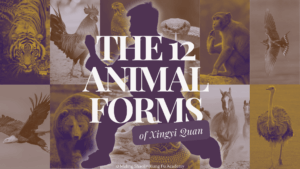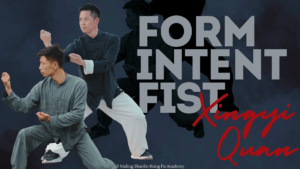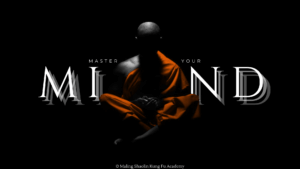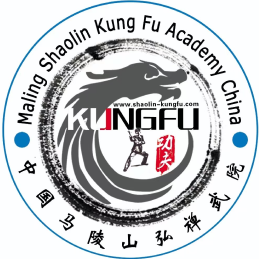
Introduction
“Avatar: The Last Airbender” is a beloved animated series that not only explores elemental bending but also draws inspiration from various real-world martial arts practices, styles, and philosophies. The show’s creators, Michael Dante DiMartino and Bryan Konietzko, were influenced by diverse martial arts traditions to create a unique and authentic portrayal of bending arts in the world of the Four Nations. Here’s a detailed explanation of the use of Kung Fu practices, styles, and philosophies in the series:
Primary Bending Styles
Northern Shaolin Kung Fu (Bei Shaolin) 北少林:

The martial art style of Northern Shaolin Kung Fu is reflected in the movements of Firebending. Firebenders like Zuko and Azula employ rapid and aggressive long-range attacks, reflecting the precision, intensity, and speed associated with this martial art.
Hung Gar Kung Fu (Hung Ga Kuen/Hong Jia Quan) 洪家拳:

Hung Gar is a southern Chinese martial art that emphasizes strong, low stances and powerful hand techniques. This style influences the movements of Earthbending, providing a foundation for the characters’ defensive and offensive strategies.
Tai Chi (Taiji Quan) 太極拳:
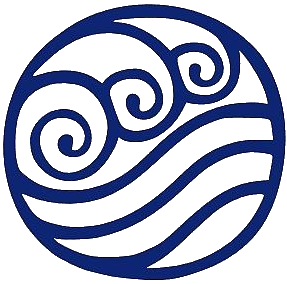
The gentle and flowing movements of Tai Chi are evident in Waterbending. Waterbenders, such as Katara, use circular motions and redirect opponents’ attacks, drawing inspiration from the principles of balance and softness found in Tai Chi.
Bagua (Ba Gua Zhang) 八卦掌:

Ba Gua Zhang, known for its circular and flowing movements, is mirrored in Airbending. Airbenders, like Aang, utilize circular footwork and evasive maneuvers inspired by this martial art, emphasizing agility and fluidity in their bending.
Additional Bending Styles

Southern Praying Mantis Kung Fu (Nan Pai Tang Lang) 南派螳螂:
The explosive power of Southern Praying Mantis Kung Fu is also echoed in Earthbending. Earthbenders, such as Toph Beifong, use low stances and close-range combat techniques that mimic the movements of the mantis insect, emphasizing precision, timing, and relentless attacking strategies.
Wing Chun (Yong Chun) 詠春:
Direct, efficient movements and emphasis on close-range combat are the hallmarks of Wing Chun. Wing Chun’s principles align with Earthbending, focusing on stability, rootedness, and harnessing the strength of the earth to defend and attack.
Fu Jow Pai (Hu Zhao Pai) 虎爪派:
Fu Jow Pai, also known as “Tiger Claw Style,” is known for its powerful, aggressive techniques inspired by the movements of the tiger. Fu Jow Pai’s emphasis on strong, ferocious attacks and solid stances aligns with the principles of Earthbending.
Xingyi Quan 形意拳:
The powerful linear movements of Xingyi are employed by Airbenders as a way to quickly and decisively turn the tables. They emphasize explosive power, direct attacks, and a focus on the cultivation of internal energy (qi). Interestingly, and perhaps used as an ode to Avatar Aang’s mastery of the four elements, Xingyi emphasizes explosive power generated from the coordinated movement of the body’s five elements: Metal, Water, Wood, Fire, and Earth.
Nanquan 南拳:
Nan Quan, or “Southern Fist,” is known for its emphasis on powerful, low stances and dynamic footwork. Toph’s Earthbending techniques shares similarities with Nan Quan, particularly in its strong, grounded movements and utilization of the earth’s energy.
Northern Praying Mantis (Tang Lang) 螳螂拳:
The lightning-fast strikes and agile footwork of Northern Praying Mantis Kung Fu are also echoed in Firebending. It focuses on swift hand movements and agility, overwhelming opponents with rapid, aggressive attacks. Unlike Southern Praying Mantis, Northern Praying Mantis emphasizes higher stances and longer-range techniques.
Changquan 长拳:
The acrobatic nature of Changquan is evident is Firebending. Changquan, or “Long Fist,” is characterized by its long-range techniques, fluid movements, and acrobatic kicks. Its emphasis on expansive, sweeping movements and the utilization of momentum to generate powerful attacks is a Firebending staple.
Southern Dragon Style (Lung Ying) 龍形摩橋:
Based on the movements of the mythical Chinese dragon, Southern Dragon Style Kung Fu is an obvious ode to the origins of Firebending. This style emphasizes fluid, graceful movements and the utilization of explosive power and precision in combat.
Chin Na (Qin Na) 擒拿:
While not a form of bending Chin Na is a martial art that focuses on joint locks, muscle grabs, and tendon manipulation to control and disable opponents. Tai Lee’s use of chi blocking in the series draws inspiration from Chin Na’s techniques, particularly in its precise, targeted strikes aimed at disrupting an opponent’s chi flow and temporarily immobilizing them.
Primary Weapons
“Avatar: The Last Airbender” features a variety of weapons used by characters throughout the series. These weapons are often associated with specific bending styles or cultures within the Avatar world. Here are some of the prominent weapons:
Staff
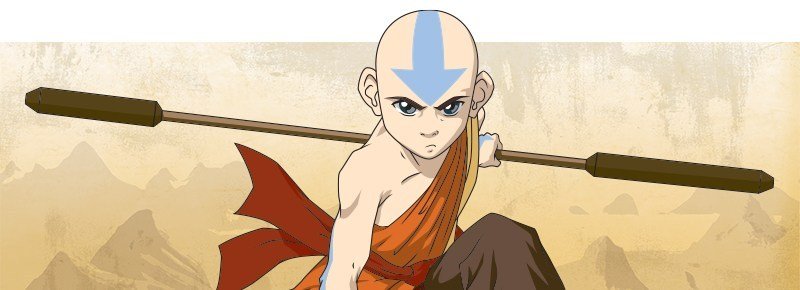
Aang’s Staff:
Aang’s staff serves as a versatile tool for both combat and mobility, allowing him to perform acrobatic maneuvers and Airbending techniques with agility and precision. The staff symbolizes Aang’s connection to his Air Nomad heritage and his role as the bridge between the human and spirit worlds as the Avatar. Throughout the series, Aang demonstrates remarkable proficiency in staff combat, utilizing his weapon with creativity and resourcefulness to overcome challenges and adversaries.
Kung Fu Staff:
Aang’s staff in “Avatar: The Last Airbender” draws inspiration from traditional Chinese martial arts staffs, including those used by Shaolin warrior monks. One of the most famous staffs used by Shaolin monks is known as the “Gun,” which translates to “staff” or “stick” in Chinese. It is the quintessential weapon of the monks, revered for its non-lethal offensive and defensive abilities, its ease of use, and its wide availability (a staff can be made or fashioned in a moments notice from items one’s surroundings). The Gun is a versatile weapon that has been used for centuries in Shaolin martial arts training and is renowned for its effectiveness in combat.
Fan

Kyoshi Warrior Fans:
The Kyoshi Warriors, an elite group of female warriors from the Earth Kingdom, are skilled in hand-to-hand combat and the use of their signature weapons: fans. The fans are typically made of metal and adorned with intricate designs, making them both elegant and deadly in combat. The Kyoshi Warriors utilize their fans as both defensive shields and offensive weapons, employing them with precision and agility in battle.
Kung Fu Fan:
Shaolin warrior monks use the kung fu fan as a versatile weapon for both combat and ceremonial purposes. The fan’s lightweight and concealable design make it an effective defensive tool for blocking and deflecting attacks, as well as a surprising offensive weapon for striking and disarming opponents. Shaolin monks are trained to wield the fan with speed, precision, and fluidity, incorporating its movements seamlessly into their martial arts techniques.
Broadsword
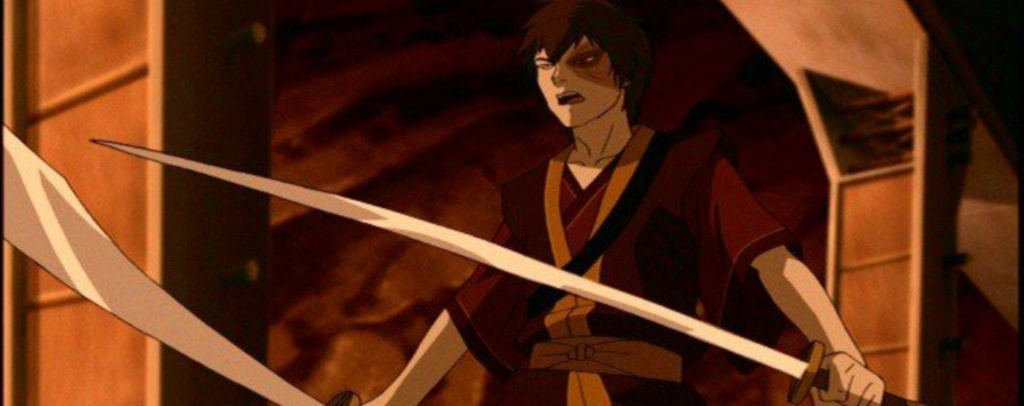
Zuko’s Dual Broadswords:
Zuko, the prince of the Fire Nation and skilled Firebender, wields a pair of dual broadswords in combat, showcasing his proficiency in both weapons and martial arts. His broadswords are traditional Dao swords with curved blades, optimized for slashing and cutting maneuvers in close-quarters combat. They are his weapon of choice for undercover fighting, such as his adventures as the Blue Spirit and when travelling incognito through Earth Kingdom territories.
Kung Fu Dual Broadswords:
Shaolin warrior monks are skilled in the use of dual broadswords, known for their slashing and cutting capabilities in close-quarters combat. The dual broadswords are typically wielded with speed and agility, allowing Shaolin monks to execute rapid strikes and defensive maneuvers while maintaining balance and control. They employ a combination of offensive and defensive techniques with the dual broadswords, utilizing their strength and dexterity to overcome adversaries in battle.
Straight Sword
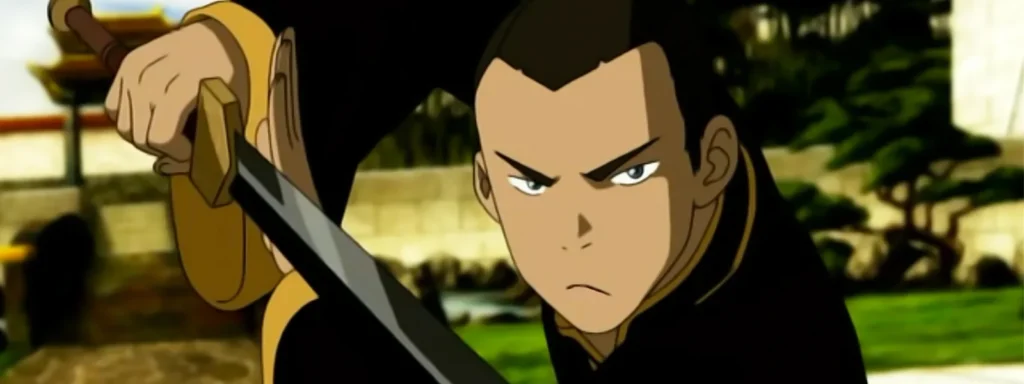
Sokka’s Space Sword:
After finding a weapon’s master, Piandao (literally meaning “sword”), Sokka acquires a legendary weapon known as the Space Sword, styled after a tradional straight sword, forged from a meteorite and possessing incredible strength and durability. The Space Sword’s unique composition allows it to slice through almost any substance with ease, making it a powerful asset in Sokka’s arsenal.
Kung Fu Straight Sword:
The straight sword, also known as the Jian, is a traditional weapon favored by Shaolin warrior monks for its precision and versatility. Shaolin monks use the straight sword with fluid, graceful movements, emphasizing speed, accuracy, and timing in their strikes. The Jian’s narrow blade and pointed tip make it ideal for thrusting and stabbing attacks, as well as quick slashes and parries to deflect incoming strikes.
Hook Swords
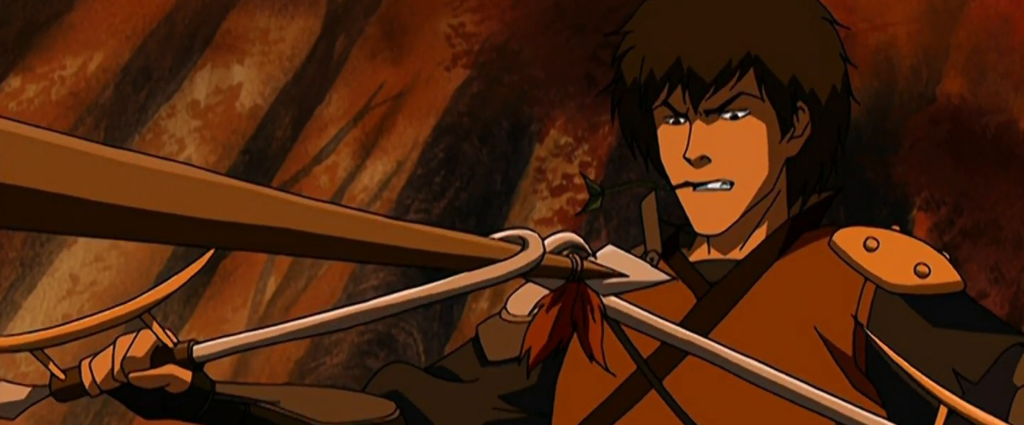
Jet’s Hook Swords
Jet, a skilled fighter and leader of the Freedom Fighters, wields a pair of hook swords as his signature weapons. The hook swords feature a distinctive design with hooked blade and a curved crescent protruding from the hilt, allowing for a variety of offensive and defensive maneuvers. Jet demonstrates exceptional proficiency in wielding hook swords, utilizing their unique shape and versatility to disarm, trip, and incapacitate opponents (and even swing from trees!).
Kung Fu Hook Swords
Hook swords, known as “shuanggou” in Chinese, are traditional weapons used in various styles of Chinese martial arts, including Shaolin Kung Fu. Shaolin monks may train with hook swords to develop dexterity, coordination, and adaptability in combat situations. They are often used in conjunction with other techniques, such as kicks, sweeps, and joint locks, to create a fluid and dynamic fighting style. The hook swords’ crescent blades can be used to slash and stab opponents, while the hooks can be utilized for trapping, disarming, and manipulating an opponent’s weapon or limbs.
Martial Arts Philosophy

Taoist and Confucian Philosophy
The series incorporates elements of Taoist and Confucian philosophy, emphasizing balance, harmony, and the interconnectedness of all things. This philosophy is particularly evident in Aang’s journey as the Avatar, where he must strive to maintain balance in the world and learns firsthand through his many adventures that all life is connected.
Philosophy of the Elements
Each bending art is associated with a specific element and its unique qualities. The philosophy of these elements, such as the strength of Earth, the flow of Water, the freedom of Air, and the passion of Fire, reflects broader Chinese cosmology and philosophical concepts.
Martial Arts Training
Bending Forms and Katas:
Characters in the series often engage in bending forms and katas, also known as Tao Lu in China, which resonate with traditional martial arts training. These sequences are the basic building blocks of Kung Fu and highlight the discipline, precision, and mastery required to become proficient in bending.
Master-Student Relationships:
The master-student dynamic, prevalent in traditional martial arts, is exemplified in the series. It embodies the transmission of knowledge, wisdom, and tradition from one generation to the next. Students are expected to show deference and obedience to their masters, while masters are responsible for nurturing and guiding their students with patience and wisdom. Characters like Aang, Katara, and Toph undergo training under skilled masters, mirroring the apprenticeship model seen in Kung Fu traditions.
Spiritual Elements
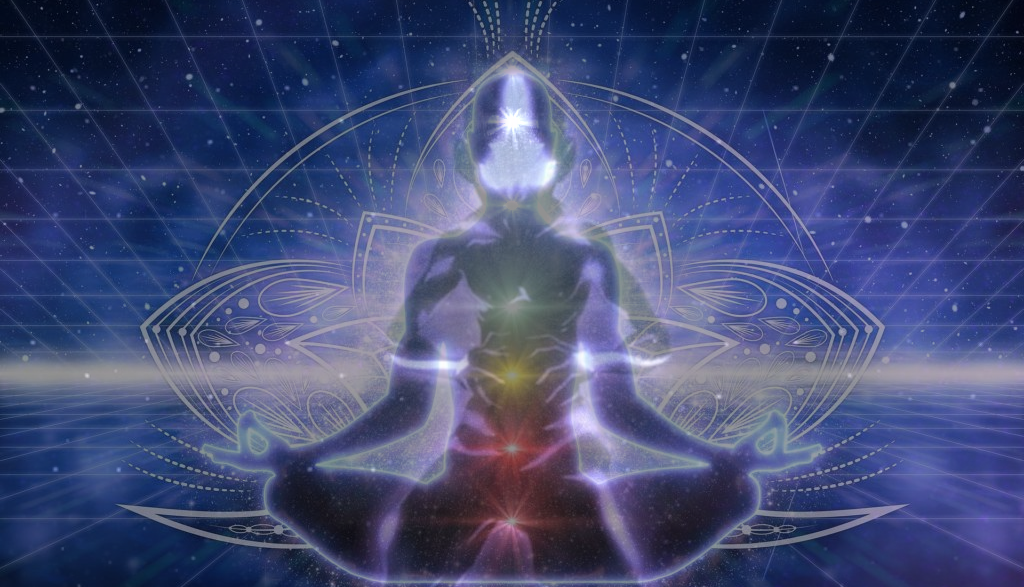
Meditation and Spirituality
Meditation and spiritual practices, integral to many martial arts such as Qi Gong, play a significant role in the series. Aang’s connection to the spiritual world and his meditative moments draw inspiration from Eastern philosophies and practices.
Avatar State
Collective Consciousness
The concept of the Avatar State, where Aang can access the knowledge and abilities of past Avatars (his many reincarnations), reflects the idea of tapping into a collective spiritual consciousness—a concept found in various Eastern spiritual traditions.
The Seven Chakras
While “Avatar: The Last Airbender” draws inspiration from various Eastern philosophies, including Hindu and Buddhist concepts, rather than specifically Chinese philosophies, the depiction of the seven chakras aligns more closely with Indian spiritual practices. However, it’s worth noting that the series is a work of fiction, and its portrayal of chakras is a creative interpretation rather than a direct representation of any particular real-world philosophy.
In the series, Guru Pathik guides Aang in unlocking and balancing his chakras, which are energy centers aligned along the spine. Here’s a breakdown of how the chakras in “Avatar: The Last Airbender” correlate with spiritual concepts:
- Earth Chakra (Muladhara):
- The Earth Chakra is located at the base of the spine and is associated with survival and grounding. Aang’s fear of losing his loved ones is addressed in this chakra, aligning with the concept of Muladhara, which is linked to the element of Earth.
- Water Chakra (Svadhisthana):
- The Water Chakra is connected to pleasure and is located in the sacrum. In the series, it corresponds to guilt. Aang’s guilt for running away from his responsibilities as the Avatar is addressed during this phase.
- Fire Chakra (Manipura):
- The Fire Chakra is linked to willpower and is situated in the stomach. Aang’s shame for bending Fire during the storm is associated with Manipura. This chakra aligns with the fire element in traditional Eastern philosophies.
- Air Chakra (Anahata):
- The Air Chakra is associated with love and is located in the heart. Aang’s grief over the loss of his people and detachment from worldly concerns is addressed in this chakra. Anahata is linked to the element of air in traditional philosophies.
- Sound Chakra (Vishuddha):
- The Sound Chakra is linked to communication and is situated in the throat. Aang’s struggle with the lies he tells himself and others. Vishuddha is associated with the ether or space element.
- Light Chakra (Ajna):
- The Thought Chakra is associated with cosmic consciousness and is located at the crown of the head. Aang’s earthly attachments and desire to be with Katara are addressed in this chakra. Sahasrara is linked to transcendence and spiritual awakening.
While these chakras are more closely aligned with Indian spiritual traditions, it’s important to recognize that “Avatar: The Last Airbender” is a blend of various influences and does not strictly adhere to any single cultural or philosophical system. The inclusion of chakras adds a spiritual dimension to Aang’s character development in the series and the cycle of the Avatar.
Conclusion
In summary, “Avatar: The Last Airbender” masterfully incorporates Kung Fu practices, styles, and philosophies to enrich the storytelling and world-building. By infusing real-world martial arts principles into the bending arts, the series not only creates a captivating visual spectacle but also pays homage to the rich cultural and philosophical traditions that inspired its creation.

